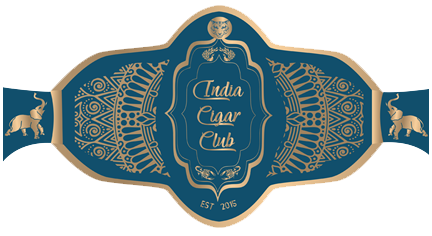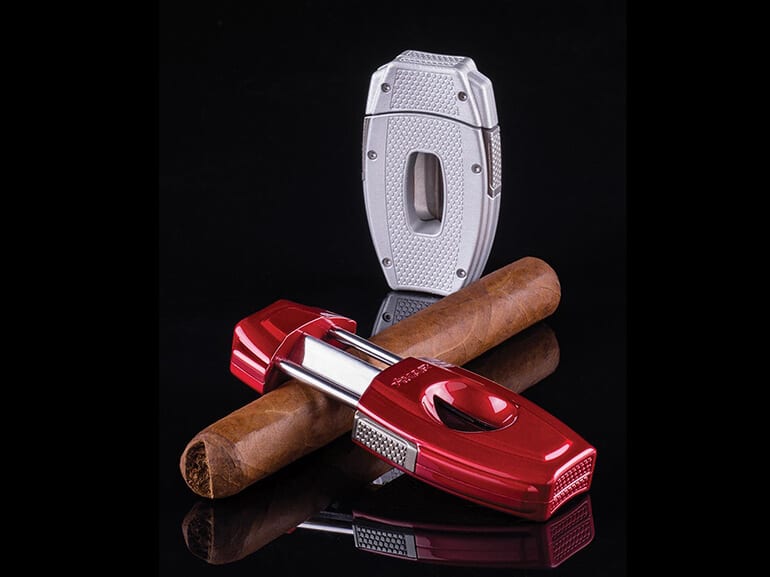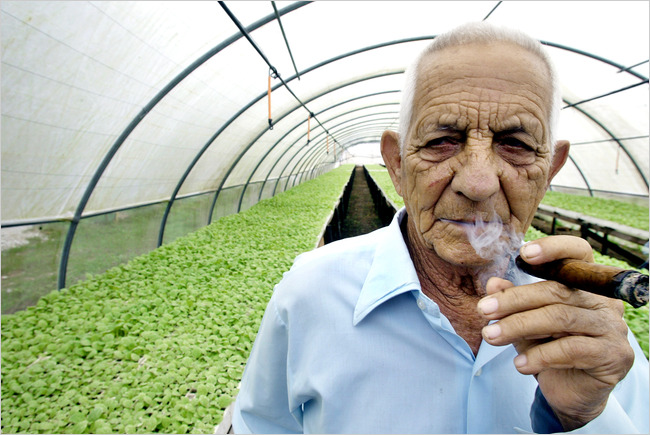Cigar enthusiasts understand the significance of properly preparing their prized cigars for an enjoyable smoke. The manner in which one opens a cigar can vary from elegant to rustic, but the ultimate goal remains the same – to enhance the smoking experience. Cigar shape plays a crucial role in determining the appropriate cutting tool, ensuring that the process is seamless. For instance, it can be quite challenging to punch a Pyramid-shaped cigar or employ a V-cut on it. Similarly, cigars with pigtail ends require a unique approach.
Seasoned cigar connoisseurs often amass an array of cutting accessories, selecting their cutting tool with the same care as they choose their cigars. While the choices seem almost limitless, there are primarily three cutting methods: the straight cut (also known as the guillotine cut), the V-cut, and the punch cut.
Meet Thorsten Wolfertz, a third-generation cigar cutter manufacturer hailing from Solingen, Germany. He possesses an intimate understanding of steel in all its dimensions. “You can’t truly appreciate the quality of steel until you’ve worked with it,” he remarks. “It’s much like a cigar, which only reveals its secrets once it’s lit.”
As a specialist in crafting sharp blades, Wolfertz not only markets his own products but also those by Xikar. Among their offerings, the “Xi” cutter stands out, a double-bladed tool that relies on the fingertips, the strength, and the precision of the thumb ball for cutting. These double-bladed guillotines create a straight cut on the cigar. Wolfertz emphasizes that “a good blade is distinguished by its hardness and quality of craftsmanship. The hardness should measure at least 55 HR on the Rockwell scale. Ensure the blade is polished and perfectly straight.”
A quality cutter keeps the blades firmly aligned during the cutting process. They should be closely positioned and not wobble when open. Premium guillotine cutters have stamped blades sharpened at an angle. On occasions, high-quality cutters sport just a single blade. Using them, however, requires finesse. Most of these models prioritize compactness, lightness, and flatness, but often compromise on ergonomics. Then there are the inexpensive cutters with single blades made from band steel. Due to their reduced thickness, band steel blades are sharpened on both sides but don’t maintain their edge for long.
Scissors, perhaps, stand as the most superior tool for cutting cigars. The leverage they provide allows for precise and deliberate cuts. The key is that the scissor blades must encompass the entire cigar. “Scissors should be well balanced,” advises Wolfertz. He also shares a tip: “Scissors should be adjustable to maintain their cutting precision, a feature that’s only possible when the screw has a slot. When purchasing scissors, inquire if the manufacturer offers a sharpening service for the product.”
Cigar punches are favoured for their simplicity and the ability to prevent loose bits of tobacco from entering the mouth. However, it’s important to note that the quality of the blades can significantly impact the outcome. Wolfertz notes, “The blade should be ground from the inside; otherwise, the blade tube’s diameter changes, potentially damaging the wrapper. Blades sanded on both sides lose their edge quickly.”
A cigar punch typically requires just two blades – one with a diameter of eight to nine millimetres and another measuring 11 to 12 millimetres. Two practical considerations for a cigar punch include an automatic lever to expel any remaining tobacco and recessed blades that display their full length after 1½ rotations.
The V-cut is currently experiencing a resurgence in popularity. Modern V-cutters feature a V-shaped blade that creates a notch or wedge, resulting in a better cut compared to a pointed blade. These cutters come in both table and pocket formats. V-cutters impart a unique cat’s eye-shaped opening to the cigar, hence the term “cat-eye-cut.” Nevertheless, it’s worth noting that with dry cigars, there’s a risk of the wrapper tearing during the cutting process. The choice ultimately rests with the aficionado. When in doubt, you can always resort to the age-old practice of biting the cigar.


